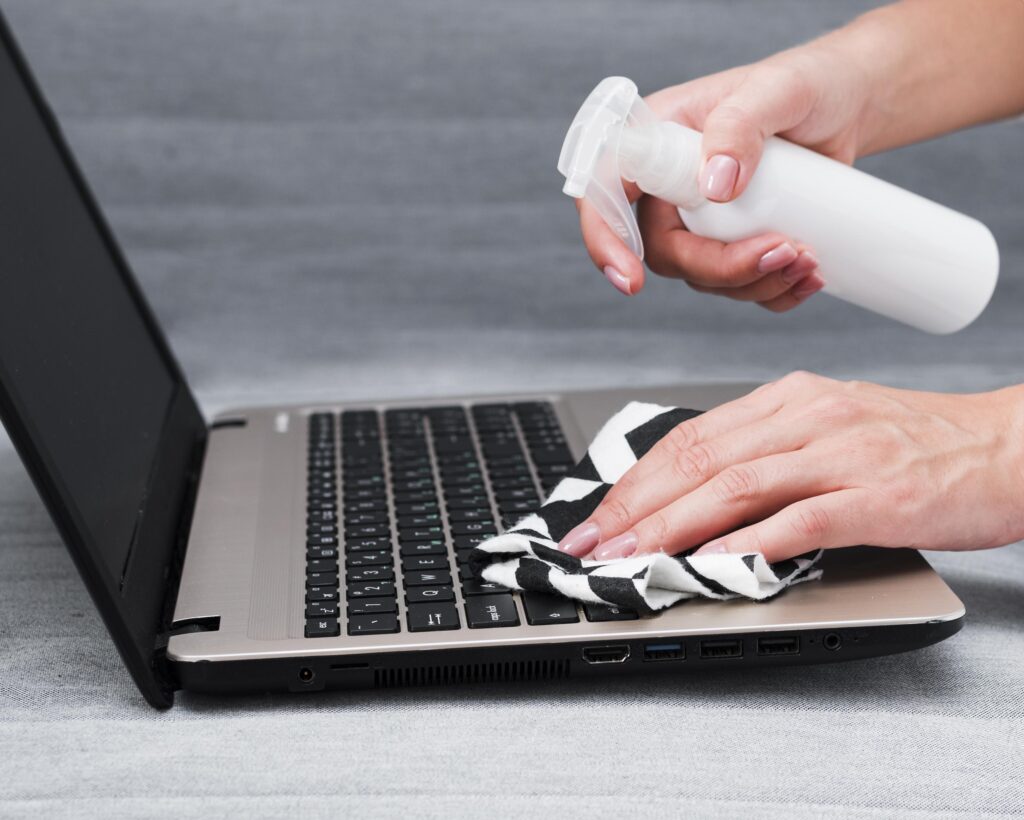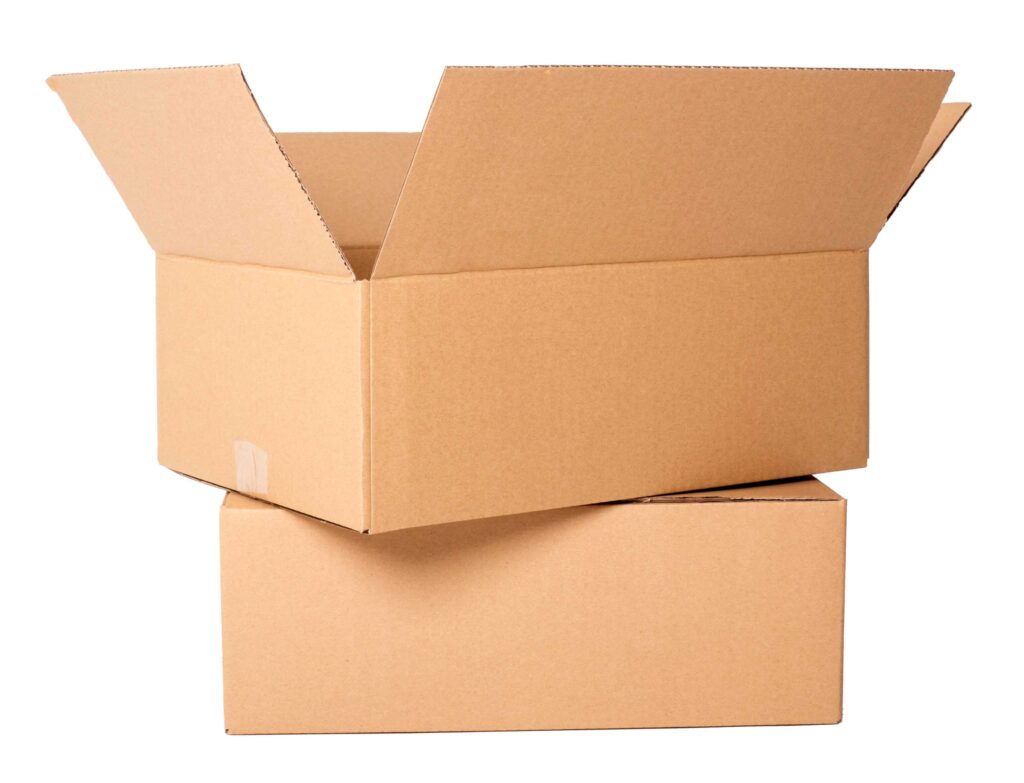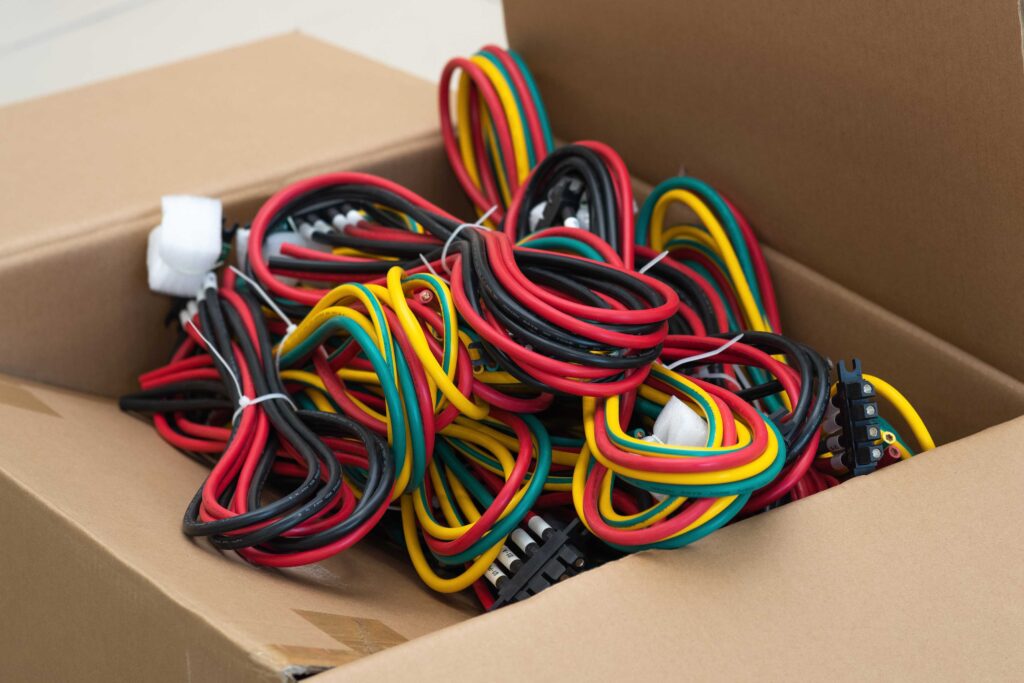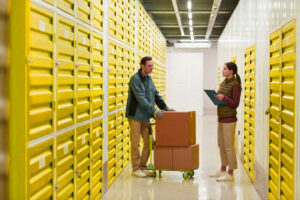Storing electronic gadgets properly is essential to prevent damage and ensure they remain functional. Whether you’re moving house, downsizing, or simply need temporary storage, placing your valuable electronics in a self-storage unit can be a practical solution. However, improper storage of electronics can lead to serious issues such as moisture damage, dust accumulation, or even extreme temperature fluctuations that could harm your devices. In this guide, we’ll cover key steps to ensure your gadgets stay in top condition while in storage.
1. Choose the Right Storage Unit
The first and most important step is selecting the right storage unit. Not all storage units offer the same protection for electronics, which are often sensitive to environmental factors.
- Climate-Controlled Units
Electronics are highly sensitive to temperature and humidity changes. Excessive heat can cause gadgets to overheat, while cold temperatures may result in brittle parts. Humidity can cause condensation, leading to rust or short-circuiting. To prevent these issues, always opt for a climate-controlled unit. These units regulate temperature and humidity levels, ensuring your electronics are kept in an optimal environment.
- Security Features
Electronic gadgets are often high-value items, making them a target for theft. To keep your belongings safe, choose a unit with enhanced security features such as CCTV surveillance, gated access, and individual unit alarms. A secure storage facility will give you peace of mind that your items are protected while in storage.
2. Clean and Prepare Your Electronics

Before placing your electronics in storage, it’s crucial to prepare them properly to avoid damage during their time in the unit.
- Wipe Down Devices
Ensure all your gadgets are free from dust, dirt, and fingerprints. Dust can accumulate in device crevices and cause internal damage if not cleaned beforehand. Use a soft, lint-free cloth to gently wipe down surfaces before packing them.
- Remove Batteries
Leaving batteries inside gadgets during storage can lead to corrosion and leakage, potentially damaging the device’s internal components. Always remove the batteries from items like remote controls, cameras, and other portable gadgets before storing them.
- Backup Data
If you’re storing devices like computers, phones, or tablets, it’s wise to back up any important data. Storing electronics carries some risk, and having a data backup ensures that even in the unlikely event of damage, your information is secure.
3. Use Proper Packing Materials

Using the right materials to pack your electronics can make a significant difference in their safety during storage.
- Original Boxes
If possible, store your gadgets in their original boxes. These boxes are specifically designed to protect the device and provide optimal cushioning. They also include custom inserts that help secure the gadget during movement or shifting.
- Bubble Wrap and Foam Padding
If the original packaging is not available, wrap your electronics in bubble wrap or use foam padding to provide a protective cushion. This will prevent physical damage such as scratches or dents. Ensure that the items are securely packed to avoid shifting inside the box.
- Anti-Static Materials
For sensitive electronics like computers, gaming consoles, or external hard drives, use anti-static bags. These bags protect against static electricity, which can damage the internal circuits of your devices.
4. Label and Organise Cables

Cables and wires can easily become a tangled mess, making it difficult to reconnect devices later.
- Cable Management
Use cable ties or Velcro straps to keep cables neatly bundled. This will not only prevent tangling but also make it easier to unpack your gadgets when you need them again.
- Labelling
Clearly label all cables to ensure they are easily identifiable. Use tags or labels to indicate which gadget each cable belongs to. This will save you time and confusion when reconnecting your devices.
5. Store Devices Upright
How you place your electronics in storage matters. Avoid stacking heavy objects on top of your gadgets.
- Keep Devices Standing
Always store your electronics in an upright position, particularly items like televisions, monitors, and computers. Laying them flat or stacking other items on top of them can place unnecessary pressure on delicate screens or internal components, leading to damage.
6. Avoid Storing Electronics Directly on the Floor
It’s important to avoid placing your gadgets directly on the floor of the storage unit.
Use Shelves or Pallets
To prevent exposure to potential flooding or dampness, elevate your electronics by placing them on shelves or pallets. Keeping them off the ground minimises the risk of water damage from leaks or condensation, which can be particularly harmful to electronic components.
7. Monitor the Storage Environment
While your gadgets are in storage, it’s important to check the storage conditions regularly.
- Check Temperature and Humidity
Even if you’ve opted for a climate-controlled unit, it’s a good idea to periodically monitor the temperature and humidity levels inside your unit. This ensures that the environment remains stable and suitable for your electronics.
- Inspect for Dust Accumulation
Occasionally visit the storage unit to inspect your electronics for dust buildup. If left unchecked, dust can cause overheating or block essential ventilation ports on your devices. Clean the gadgets lightly with a soft cloth if needed during these inspections.
8. Insure Your Electronics
Despite taking every precaution, there’s always a chance that something could go wrong. Therefore, it’s important to have insurance coverage for your stored electronics.
Storage Insurance
Consider purchasing storage insurance for valuable electronic items. Many storage facilities offer insurance options that cover damage from fire, flooding, or theft. This extra layer of protection ensures that if the unexpected happens, you won’t suffer a complete loss.
Read More: Tips for Storing Seasonal Decorations
Conclusion
Storing electronic gadgets in a self-storage unit requires proper preparation and attention to detail. From selecting a climate-controlled unit to using the right packing materials and organising cables, each step is crucial for keeping your electronics safe. Always choose the best storage environment, monitor the conditions regularly, and consider insuring your valuable items. By following these tips, you can ensure your electronics remain in excellent condition while in storage.




